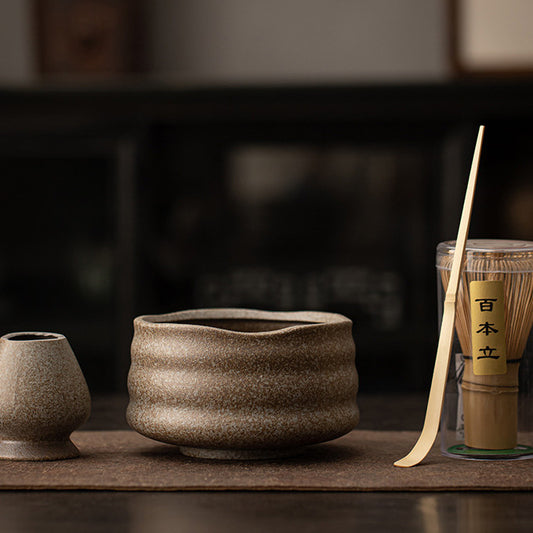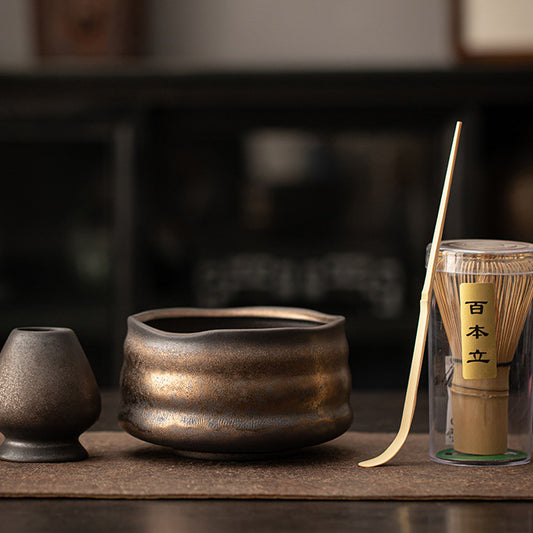Japan’s lush green tea fields are more than just agricultural landscapes; they are the embodiment of centuries of tradition, cultural refinement, and a deep connection to the land. The story of these tea fields is a journey through time, from the ancient origins of tea in Japan to the sophisticated cultivation practices of today. Let’s explore how these verdant fields came to be and how they continue to thrive in the modern world.
The Ancient Origins of Tea in Japan
The history of Japanese tea fields begins in the early 9th century, when tea was first introduced to Japan from China during the Nara period (710-794). Initially, tea was a rare and luxurious commodity, consumed primarily by Buddhist monks who valued its stimulating effects during meditation. The cultivation of tea in Japan began in earnest during the Heian period (794-1185), though it remained a practice confined to the aristocracy and religious elites.
It wasn’t until the Kamakura period (1185-1333) that tea truly began to take root in Japanese culture. The monk Eisai, credited with introducing Zen Buddhism to Japan, played a pivotal role in this transformation. In the 12th century, Eisai brought tea seeds from China and planted them in the fertile soils of Kyoto. This marked the birth of Japan’s first tea fields, particularly in the region of Uji, which would later become synonymous with high-quality Japanese tea.
The Flourishing of Tea Culture
As tea cultivation spread across Japan, so too did the cultural practices surrounding it. During the Muromachi period (1336-1573), the tea ceremony, known as chanoyu, began to take shape. This ceremonial preparation and consumption of matcha (powdered green tea) became a central aspect of Japanese culture, embodying principles of mindfulness, simplicity, and harmony.
The Ashikaga shoguns and the rising merchant class of this period were instrumental in promoting tea culture, leading to the establishment of Uji as a premier tea-growing region. The cultivation techniques developed in Uji set the standard for tea production in Japan, with an emphasis on quality, precision, and respect for nature.
Innovation and Expansion During the Edo Period
The Edo period (1603-1868) marked a time of great innovation and expansion in Japanese tea cultivation. Tea production spread to new regions, including Shizuoka and Kagoshima, which would become major tea-producing areas. During this time, the variety of tea grown also diversified, with the development of sencha, a steamed green tea that quickly became popular across Japan.
The production methods evolved, incorporating techniques that enhanced the flavor and aroma of the tea, ensuring its freshness, and preserving its vibrant green color. The Edo period also saw the commercialization of tea, making it more accessible to the general population and solidifying its place in daily life.
Japanese Tea Fields in the Modern Era
Today, Japan’s tea fields are a testament to the enduring legacy of its tea culture. Shizuoka, with its mild climate and fertile soil, is now the largest tea-producing region in Japan, contributing about 40% of the nation’s tea. Uji continues to be revered for its premium matcha and gyokuro, maintaining its status as a symbol of quality and tradition.
Modern tea cultivation in Japan blends time-honored techniques with innovative practices aimed at enhancing sustainability and flavor. Farmers carefully manage their tea fields, often using organic methods and employing meticulous harvesting techniques to produce teas that are celebrated worldwide.
A Living Tradition
The fields that stretch across Japan’s diverse landscapes are more than just sources of tea; they are living symbols of the country’s rich cultural heritage. These fields have witnessed the evolution of tea from a sacred practice of monks to a beloved daily ritual enjoyed by people across the globe.
In a world that moves ever faster, the green tea fields of Japan stand as a reminder of the value of patience, care, and connection to nature. Whether you’re sipping a cup of matcha or enjoying a simple sencha, you’re partaking in a tradition that has been cultivated over centuries—a tradition that continues to thrive, bringing tranquility and joy to countless lives.




